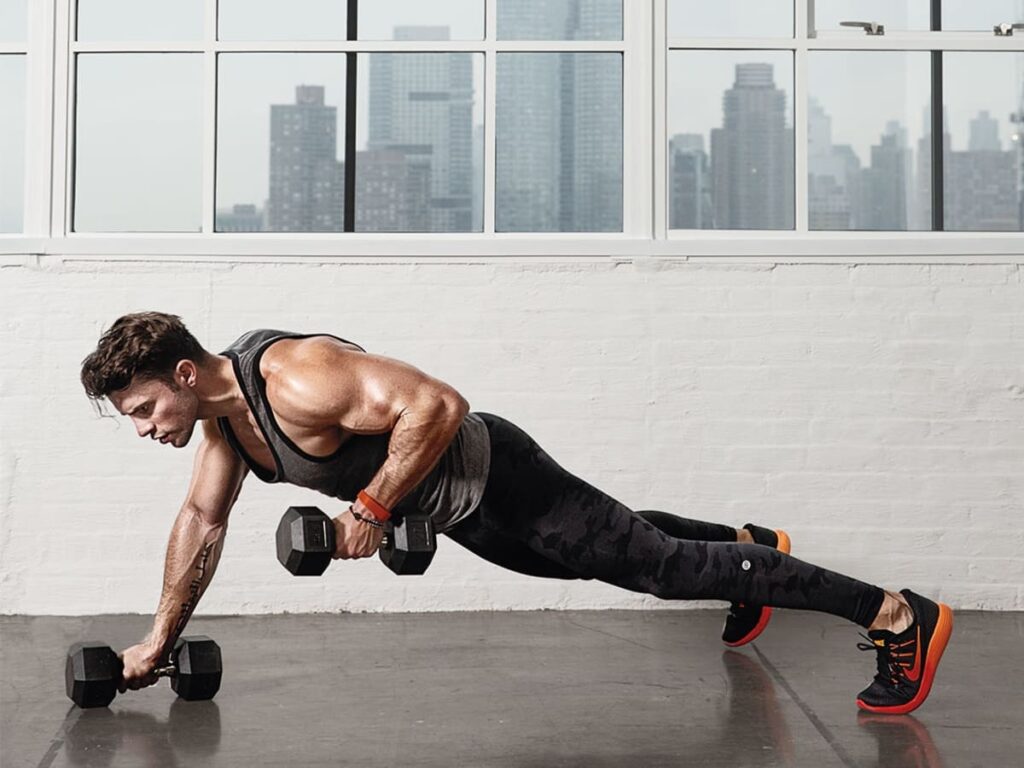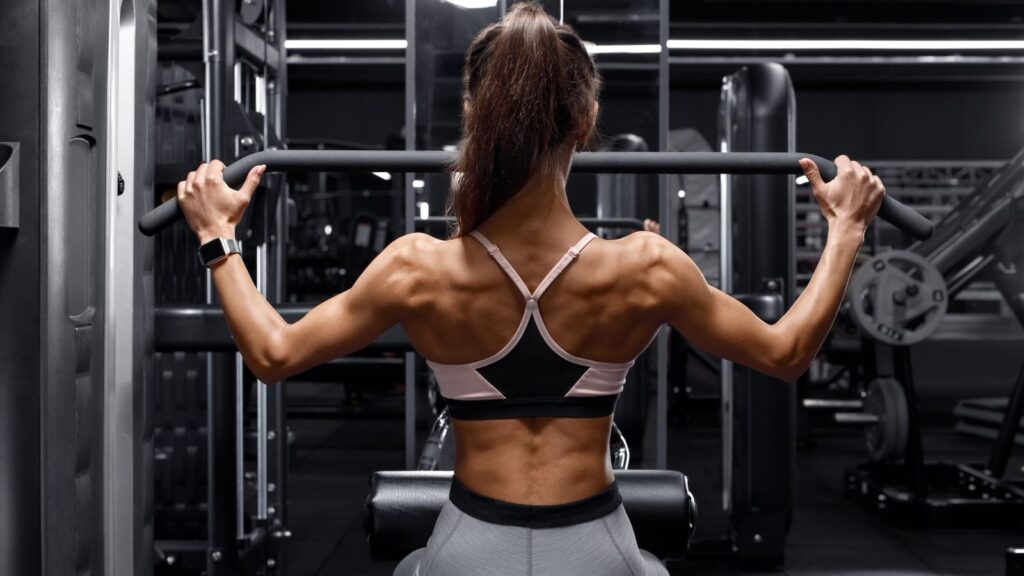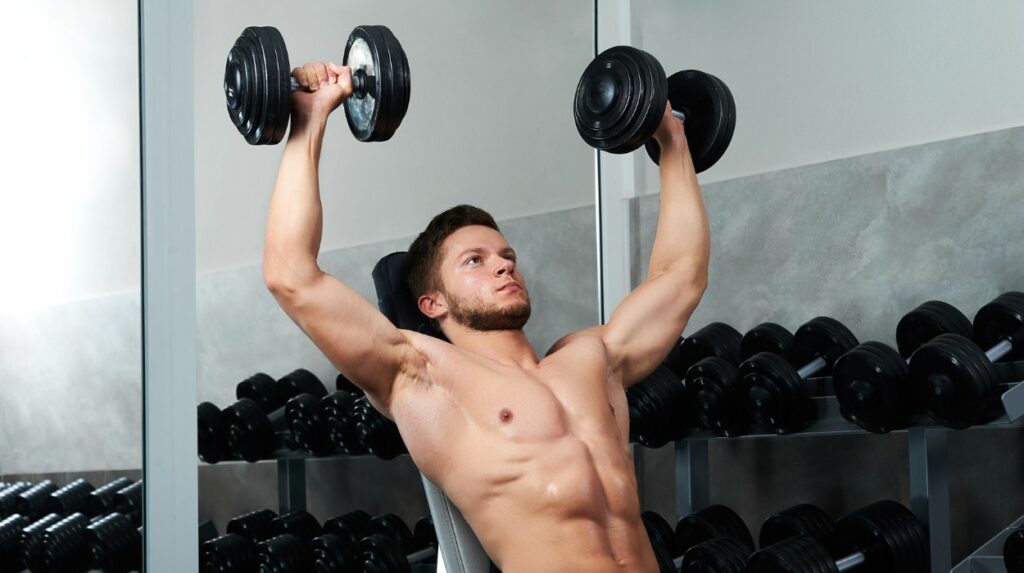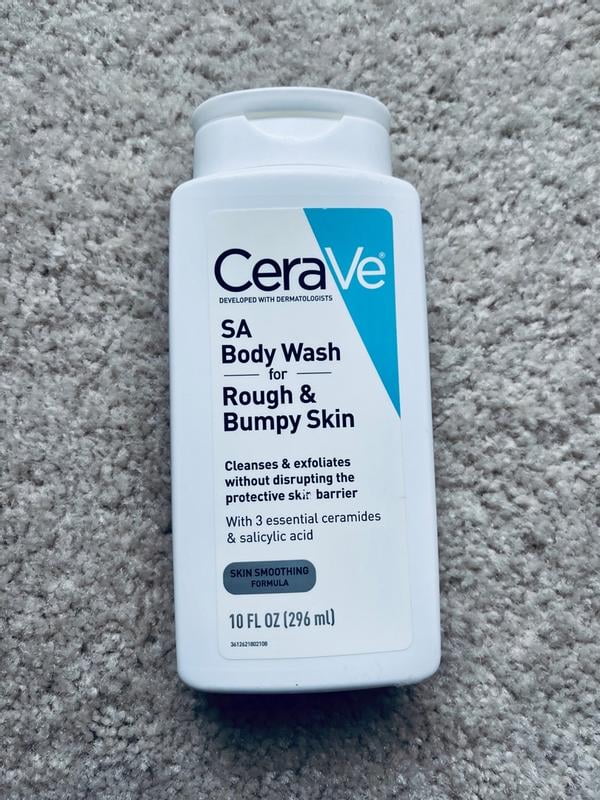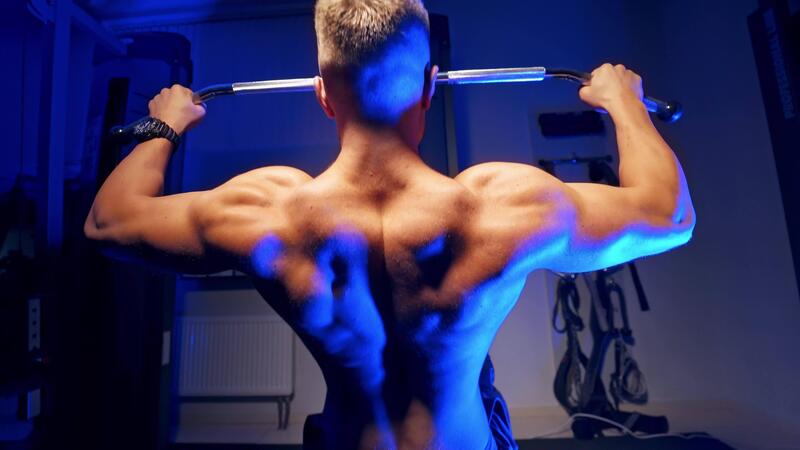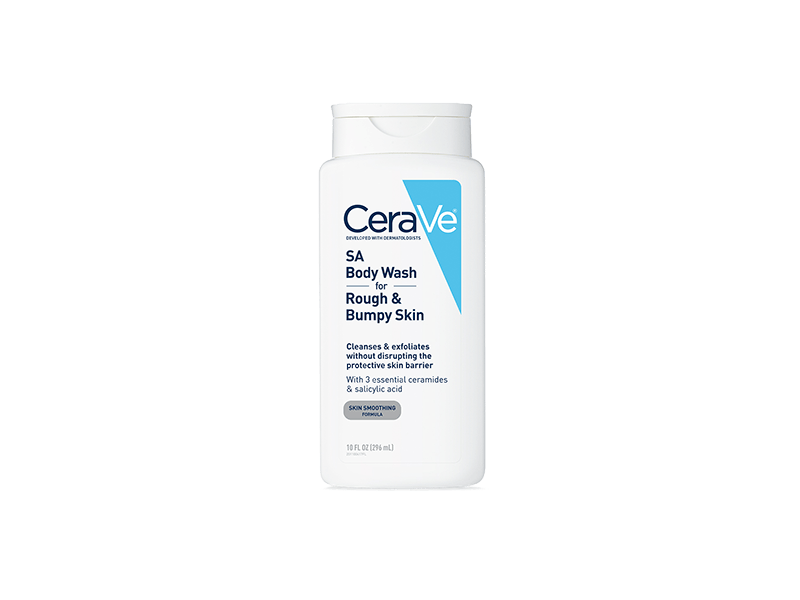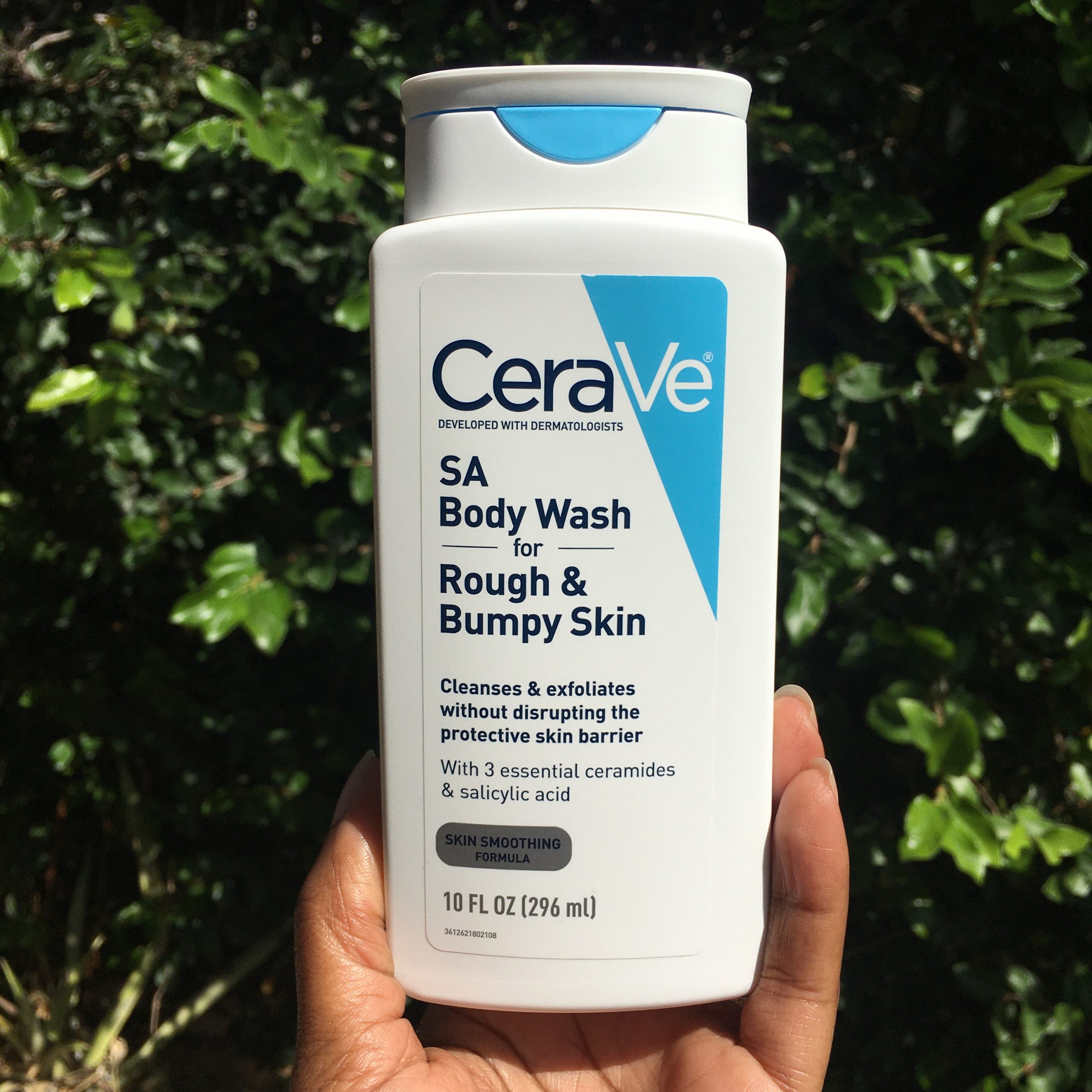Back and Shoulder Workout – Whether you’re training for strength, aesthetics, or better posture, a solid back and shoulder workout should be part of your weekly routine.
These muscle groups not only contribute to a wide, powerful upper body, but they also play a vital role in supporting functional movement in everyday life.
Your shoulders and back work together in nearly every pushing, pulling, and lifting movement. Targeting both areas in one workout ensures a balanced physique, reduces injury risk, and improves upper body performance.
Why Train Back and Shoulders Together?
Training your back and shoulders in the same session allows for efficient use of time and energy. These muscles support one another during compound movements, so pairing them can enhance performance. For example:
-
Pull-ups and rows activate the lats, traps, and rear delts.
-
Overhead presses rely on strong traps and upper back stabilization.
By combining them, you:
-
Improve postural strength
-
Balance pushing and pulling mechanics
-
Build a stronger, more athletic upper body
-
Maximize training frequency without overlap
This pairing is especially great for people training on an upper/lower split or push/pull/legs routine.
Muscles Worked in a Back and Shoulder Workout
Back Muscles:
-
Latissimus Dorsi (Lats): The broadest back muscle, responsible for pulling movements like rows and pull-ups.
-
Trapezius (Traps): Runs down the neck and upper back, key for shoulder elevation and retraction.
-
Rhomboids: Located between the shoulder blades, vital for posture and scapular control.
-
Erector Spinae: Supports spinal alignment and helps with lifting.
Shoulder Muscles:
-
Deltoids (Front, Side, Rear): The round cap-like muscles of the shoulder.
-
Front delts assist with pushing and lifting.
-
Side delts give width to the shoulders.
-
Rear delts stabilize and support pulling movements.
-
-
Rotator Cuff Muscles: Stabilize the shoulder joint during dynamic movements.
Top Back and Shoulder Exercises
1. Pull-Ups (Back Focused)
An all-time favorite for building upper back width. Use body weight or add a resistance band or weighted belt.
-
Grip the bar shoulder-width apart
-
Pull your chest toward the bar, squeeze your shoulder blades
-
Lower with control
Muscles worked: Lats, traps, rhomboids, rear delts, biceps
2. Barbell Overhead Press (Shoulder Focused)
A powerhouse for building shoulder strength and stability.
-
Stand with feet shoulder-width apart
-
Press the bar straight overhead without flaring your ribs
-
Lockout at the top, lower slowly
Muscles worked: Front and side delts, traps, triceps, upper chest
3. Bent-Over Rows (Back Focused)
Great for adding density to your back.
-
Hinge at the hips, maintain a neutral spine
-
Pull the barbell toward your lower ribs
-
Squeeze your shoulder blades together
Muscles worked: Lats, rhomboids, traps, rear delts
4. Dumbbell Lateral Raises (Shoulder Focused)
Build broader shoulders with this isolation move.
-
Hold a dumbbell in each hand at your sides
-
Raise arms out to shoulder height
-
Pause at the top, lower slowly
Muscles worked: Side delts
5. Face Pulls (Rear Delts & Upper Back)
A must-have for shoulder health and posture.
-
Use a rope attachment at a cable station
-
Pull the rope toward your face, elbows high
-
Focus on squeezing the rear delts
Muscles worked: Rear delts, traps, rhomboids
6. Dumbbell Shrugs (Traps Focused)
Add mass and strength to the upper traps.
-
Hold heavy dumbbells at your sides
-
Shrug shoulders upward as high as possible
-
Hold for a second, then release
Muscles worked: Upper traps
7. Arnold Press (All-Around Shoulder Development)
A variation of the dumbbell press that hits all three heads of the deltoid.
-
Start with dumbbells in front of your shoulders (palms facing you)
-
Rotate outward as you press overhead
-
Reverse on the way down
Muscles worked: Front, side, and rear delts
8. Seated Cable Rows (Back Focused)
Perfect for controlled, focused back work.
-
Sit with knees slightly bent
-
Pull the handle to your midsection, squeeze at the back
-
Return with control
Muscles worked: Lats, rhomboids, biceps
Sample Back and Shoulder Workout (45–60 Minutes)
Warm-Up (5 minutes)
-
Arm circles
-
Band pull-aparts
-
Light lat stretches
Workout: Superset Format (Pairs of Exercises)
Perform 3–4 sets of each superset, resting 60–90 seconds between sets.
Superset 1:
-
Pull-Ups – 8–12 reps
-
Dumbbell Shoulder Press – 10 reps
Superset 2:
-
Bent-Over Rows – 10 reps
-
Dumbbell Lateral Raises – 12 reps
Superset 3:
-
Face Pulls – 15 reps
-
Arnold Press – 10–12 reps
Finisher:
-
Shrugs – 2 sets of 20 reps
-
Plank hold – 60 seconds
-
Optional: 10 minutes of cardio or active recovery
Cool Down:
Stretch your lats, traps, and delts. Foam rolling can also reduce soreness and improve recovery.
Tips for Progress and Safety
-
Use good form over heavy weights. Poor technique can lead to injury.
-
Control the eccentric (lowering) portion of each lift—it builds strength.
-
Increase volume gradually to avoid overtraining.
-
Train your rear delts as much as your front delts to prevent imbalances.
-
Incorporate variety. Mix free weights, cables, and bodyweight moves over time.
Benefits of Back and Shoulder Training
-
Improved posture: Strengthening the back and rear delts can counteract slouching
-
Better lifts overall: Strong shoulders and upper back improve pressing, pulling, and carrying
-
Balanced physique: A well-developed back and shoulder region creates that V-taper look
-
Injury prevention: Especially important for rotator cuff and shoulder joint health
-
Athletic performance: Whether you play sports or just want to feel strong, these muscles are involved in nearly every upper body action
Final Thoughts
Your back and shoulders play a major role in strength, stability, and aesthetics. By training them together in one session, you make the most of compound lifts and maximize muscular engagement.
Whether you’re training at home or in the gym, there are countless options to suit your experience level and goals.
Consistency, proper form, and progressive overload are key. Stick to a smart routine like the one above, and you’ll notice better posture, stronger lifts, and a more sculpted upper body.

